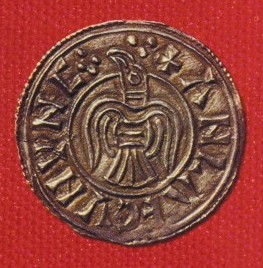 In my last article titled, Wusun Merge With The Saka to Become the Saxons, I had introduced my theory in regards to the origins of the Saxons. In this research presented online I have detailed various tribes such as the Saka and Wusun, who had resided in Central Asia and then later merged with one another between the 7th and 3rd centuries B.C. This union of the tribes known as the Saka and Wusun is what I believe had created a new tribe that we know of today as the “Saka-Suns” or in English as the “Saxons.” Much of my research for my first article on this connection was taken from Chinese and Greek historical records that detail these events.
In my last article titled, Wusun Merge With The Saka to Become the Saxons, I had introduced my theory in regards to the origins of the Saxons. In this research presented online I have detailed various tribes such as the Saka and Wusun, who had resided in Central Asia and then later merged with one another between the 7th and 3rd centuries B.C. This union of the tribes known as the Saka and Wusun is what I believe had created a new tribe that we know of today as the “Saka-Suns” or in English as the “Saxons.” Much of my research for my first article on this connection was taken from Chinese and Greek historical records that detail these events.
Today I would like to list more details that I have found on the mysterious and unknown origins of the Wusuns before they may have merged or mixed blood with other tribes such as the Saka in Central Asia. The questions I will address in my attempt to find the truth are; Were the Wusun the true natives of this land and were tribes such as the Scythians and Sakas an invading peoples? Or was it the Scythians who were natives to the land and the Wusun unwelcome or even welcomed visitors? Can ancient symbols and or DNA help identify who these peoples actually were and or connect them with their ancestors or people still living today?
New evidence that I have found, may shed light on these questions and mysteries. Little known facts 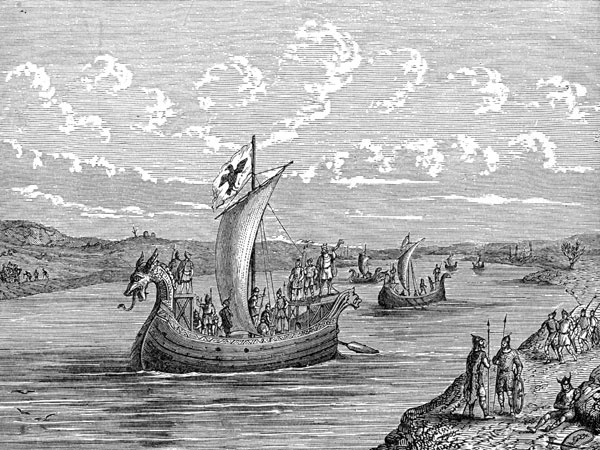 that may also connect the tribes of the Wusun and Saka who resided in Central Asia, with the tribes on the other side of the world who are known to us today as the Danes, Northmen (Norseman and Normans) or more commonly known as the Vikings. Could these men from the North who had stronghold in what is known today as Scandinavia have something to do with the tribes in Central Asia, or did these tribes from Central Asia influence or conquer Scandinavia and later become fierce enemies of their possible kin called the “Anglo-Saxons?”
that may also connect the tribes of the Wusun and Saka who resided in Central Asia, with the tribes on the other side of the world who are known to us today as the Danes, Northmen (Norseman and Normans) or more commonly known as the Vikings. Could these men from the North who had stronghold in what is known today as Scandinavia have something to do with the tribes in Central Asia, or did these tribes from Central Asia influence or conquer Scandinavia and later become fierce enemies of their possible kin called the “Anglo-Saxons?”
The new twist in this story is a strong connection between who the Chinese call the “Wusun or Usun” and who the English call the “Northmen or the Vikings.” The Wusun were described by the Chinese as the “tall ones” who had blue or green eyes with blond or white hair and white skin; and it is no secret that the Vikings were also of similar stature with fair skin and light eyes as well. With the Chinese being shorter in height than the average Westerner even today, I am sure that a race who was approximately 6 feet or taller was very tall to them.Therefor, to the Saka-Suns or Saxons who were also descendants of the Wusuns; the Vikings would not be considered as tall as they were to the Chinese.
Science and DNA Connects the Wusuns to the Vikings
The stories of the Vikings handed down to us by Anglo Saxon historians do not depict them like the Chinese did because I believe that the Vikings were kin to the Anglo Saxons. Meaning that they; the Saxons and Vikings shared the same or similar DNA, but were separated by tribes, continents, time and religious customs. This is another amazing connection and an entirely a new story in itself that I will cover at a later date.
This presence of a Nordic and or European type race in Central Asia that was tall, fair skinned and blue eyes was depicted by the Chinese as the Wusun oe Usun (Uysun, Uyshun, Ushun, Ushin, Uysyn, Usyn, etc.). The Wūsūn (Chinese: 烏孫; literally “Grandchildren of The Crow”); and the then raven was definitely associated with the tribes of the Vikings. Many depictions of them are found throughout history as in battling the Saxons, they had adorned the raven proudly upon their banners in battles, on ships and royal insignia making them of the Crow as well.
In addition to these stories and the symbols, we also have science to back this up in the form of DNA forensic evidence. In 1934 Swedish archaeologist Folke Bergman had discovered approximately two hundred mummies of fair-haired Caucasian people located in the Tarim Basin in Northwest China (a region known as Xinjiang, East Turkestan or Uyghurstan). They are called the the Tarim mummies.
The oldest of these mummies dates back approximately 4,000 years to 2000 B.C. All seven of the male remains tested for DNA by Li et al. (2010), were positive for the Haplogroup R1a (Y-DNA) mutations. Today, many of the modern inhabitants of this region in the Tarim Basin belong both to either the R1b-M73 subclade (approx. 20%) and or to R1a1 (approx. 30%).
This Haplogroup R1a (Y-DNA) is very common in a large region extending from South Asia and Southern Siberia, to Central Europe, and from where it is said that the Vikings come from, Scandinavia. You will find high frequencies of this particular DNA to be found in European Russia (45-65% of the population), Poland (55%), Belarus (49%), Ukraine (43%), Slovakia (42%), Latvia (40%), Lithuania (38%), the Czech Republic (34%), Hungary (32%), Croatia (29%), Norway (27%), Austria (26%), north-east Germany (23%), and Sweden (19%). These Vikings had also conquered parts of England, Britain, Ireland, France and Germany, but it is also obvious to me that the Haplogroup R1a (Y-DNA) also had a significant impact in this Central Asia region as well.
This DNA evidence places the people known as the Northmen and Vikings; not only in Scandinavia, but they were also right in the heart of Central Asia, and quite possibly in the biblical lands of the tall and fair haired race known as the Amorites mentioned in the bible. My research below explores these fascinating facts that I believe connects the Wusuns to the Vikings. Not only did they share very similar physical traits, but they had also used the very same symbols that were sacred to their ancestors. In addition to these facts, we now have the science in the form of DNA that was found in the same exact locations where these two tribes had resided; that truly makes this connection more of an apocalyptic revelation.
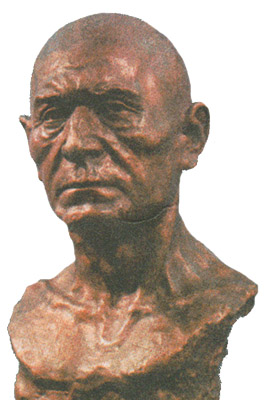 Wusuns – Wu = ‘crow’ or ‘raven‘ + Sun = ‘
Wusuns – Wu = ‘crow’ or ‘raven‘ + Sun = ‘
One very telling clue that ties these two tribes together is the Chinese name ‘烏孫’ (‘Wusun‘) literally means Wu = ‘crow’ or ‘raven‘ + Sun = ‘
Through the legend of an infant son left in the wild, miraculously saved from hunger by suckling from a she-wolf and being fed meat by ravens; they shared a similar ancestor myth with the ruling Ashina clan of the Göktürks (Asena legend), and many other Eurasian peoples. See, for example, the legend of Romulus and Remus and the founding of Rome.
Chinese records first mention the “Ushi” in Andin and Pinlian (modern Pinlian and Guüan in the Peoples Republic of China), between the Lu-hun and Kuyan tribes. The transcription of Ushi means “raven generation”, and is semantically identical with U-sun – “raven descendants”. The presence of a raven as clan totem among the ancient Usuns is indisputable. The Usun legends name a raven and a wolf as ancestors of Usuns. This is reflected in the Usun-Ashina (Oshin) tamga with an image of raven.
Symbols Honor Ancestors and the Raven or Crow Connects the Wusuns with the Northmen or Vikings
The facts are that when a symbol is used among peoples, it is often always the same symbol of their ancestors for whom they honor with the same use of these symbols that had been passed down to them by family. This is not something they dream up all of a sudden, or their symbol is the same as another tribe, but something that is inherited by generation after generation. This fact can be proved over and over again even today in royalty where you see these same symbols that have been used for hundreds, if not thousands of years.
For example, you will find the raven in the folklore of the Isle of Man, a former Viking colony, and it is used as a symbol on their coat of arms. From Wikipedia – The island has been inhabited since before 6500 BC. As one of the six Celtic nations, Gaelic cultural influence began in the 5th century AD, and the Manx language, a branch of the Gaelic languages, gradually emerged.
The coat of arms of the Isle of Man dates from 12 July 1996. As the Isle of Man is a Crown dependency, the arms are more accurately described as The Arms of Her Majesty in right of the Isle of Man. The Arms of Her Majesty in right of the Isle of Man were granted by Queen Elizabeth II, Lord of Mann on 12 July 1996.
In 627, Edwin of Northumbria conquered the Isle of Man along with most of Mercia. In the 9th century, the Norse began to settle there. Norse people from Scotland then established the Kingdom of the Isles. The King’s title would then carry the suffix, “and the Isles.” Magnus III, the King of Norway, was also known as “King of Man and the Isles” as part of the Hebrides civilization between 1099 and 1103.[6] A Norse-Gaelic culture arose and the island came under Norse control. In 1266, the island became part of Scotland, as formalised by the Treaty of Perth. After a period of alternating rule by the kings of Scotland and England, the island came under the feudal lordship of the English Crown in 1399. The lordship revested into the British Crown in 1764, but the island never became part of the kingdom of Great Britain or its successor the United Kingdom, retaining its status as an internally self-governing Crown dependency.
The title Lord of Mann (Manx: Çhiarn Vannin) is used on the Isle of Man to refer to the island’s Lord Proprietor and head of state. The current holder of the title is Queen Elizabeth II. In keeping with the Viking history of the island, the raven featured in Norse mythology. The chief god Odin was accompanied by the two ravens Huginn and Muninn.
The raven is also found in the Coat of arms of Głogów. The raven appears on the city’s seal on 17 March 1490. When the Corvinus ruled the Duchy of Glogów, they granted their crest to the city.
We can also find the raven in the Korwin, a Polish Coat of Arms.This coat of arms with the raven was used by several szlachta families in the times of the Polish-Lithuanian Commonwealth.
These are all very big clues for us historical detectives and symbologists in connecting the Wusuns of ancient Central Asia to the peoples we know of as the Vikings, who it is said they had originated in the three countries of Scandinavia: Denmark, Norway and Sweden. The name ‘Viking‘ comes from a language called ‘Old Norse’ and they were called by various names such as the Danes, Norsemen, Normans or Vikings. They had also founded Iceland. It is well known that the raven is a symbol for Odin to these Vikings and the Germanic God named Woden to the Anglo-Saxons. However, you will find that without a doubt that the raven or crow was particularly associated with the tribes of the Vikings and they had wore in proudly upon their banners in battles, ship and royal insignia.
The Vikings had a raven banner called ‘landwaster’ and Cnut had a raven-embroidered white silk flag at the Battle of Ashingdon in 1016. Of dread potent was the hoisting on the Saxon shore of the Raven banner, surnamed the ‘ Landwaster’; For there
Was shedding of blood and rending of hair,
Rape of maiden, and slaughter of priest,
Gathering of ravens and wolves to the feast.
The Northmen who had used the raven as their symbol on the sea and in war, were said to have used the raven because when let loose at sea, it takes wing and flies immediately towards the land
“Upon the ample folds of the standard which floated at the head of their host, was depicted the Raven, the bird of Odin. The magic banner had been woven and worked by the daughters of Regner Lodbrok, in one noontide; and the Danes believed that their national ensign was endued with prophetic powers. If victory was to follow, the raven stood erect and soaring before the warriors; but if a defeat was impending, the raven hung his head and drooped his wings”
In Anglo-Saxon literature, the raven is depicted as the bird of battle, and to Woden belong the dead of battle. With the event of a battle, ultimately comes death. One side or the other falls, and the wolf, the raven and the eagle appear to eat the flesh of the fallen.
Saxon history tells us the story of the defeat and death of an invading king who came from the south, bearing a raven in his standard, amongst the hills on the north of Bradfield. History, however, affords us here no certain light; since neither in the Saxon annals nor in our own Northumbrian Bede are any events recorded that can on decisive evidence be referred, as to their scene, to the territory which now composes either the manor or parish of Sheffield.
Here is an excerpt from an allegorical miracle that is told to us by Saint Bede that might explain the mystery of what had occurred to the Saxons and the impact that the Vikings had on them under the banner of the raven;
As St Marius, abbot of Revons in France, in the sixth century, was proceeding to visit his dependent cells, a dog ran after him and tore his robe. A simple ejaculation from the saint was sufficient to call two wolves from a neighbouring wood: and they immediately devoured the offending animal. St Ebrulf had a monastery in the wilderness of Ouche; a raven built its nest near him, and frequently stole the provisions of the monks; on which one of them, who wished to try his hand at a miracle in imitation of his master, prayed that it might be punished, and it was immediately afterwards found dead.
A raven flew away with one of the gloves belonging to Columbanus; but it came back and restored it at the call of the saint. In the same manner a fox, which had stolen a cock belonging to St Condedus the hermit, was made to bring back its prey with the greatest contrition. Some crows carried away part of the thatch of St Cuthbert’s hut to build their nests; at his rebuke, they not only made an apology, but they brought him a piece of hog’s lard (which they must have stolen from somebody) to make him amends for the injury he had sustained.
In the above allegorical story told by Bede we find that the raven had a strong influence over the Catholic Church. These allegories tell us that the raven had stole some church provisions from some monks, a glove belonging to Columbanus, a cock belonging to St Condedus the hermit and carried away part of the thatch of St Cuthbert’s hut to build their nests. Then at Cuthbert’s rebuke, they not only made an apology, but they brought him a piece of hog’s lard (which they must have stolen from somebody) to make him amends for the injury he had sustained.
Conclusion
Eventually the raven would take over the Catholic Church that the Anglo Saxons had helped built, but in doing so, the ravens not only made an apology, but they seemed to have made an amends for the injury the Saxons had sustained. The Saxons would forever be effected by these Viking raids, and this bird of battle of the Northmen; that they have given the name of the raven, would forever be associated in the English language with that of plunder and rapine. The Saxon rafen was a raven, and reajian (equivalent to the Latin rapere) was to Rob, from which source we have many derivatives. To Reave in old English was to rob or take by force; and To Bereave a person of what he highly values, is to seize it, leaving him in a state of Bereavement, or destitution: the past participle is either Bereaved, or Bereft.
The Wusun I have already shown were called the “children of the crow” or “raven descendants,” and Ushi means “raven generation.” The Northmen or Vikings who used the raven had came onto the history scene much later than the Wusun who were called the raven generation and grandson of the crow. The banner of the raven by these two tribes that were only once thought of as a separate peoples in various locations in the world and in time was not done by accident, but by loyalty and honor to their ancestors. The facts are that we find one of the most powerful tribes ever known to human kind in written history, the Vikings, riding into battles and life with the raven as their banner and we also have a more ancient tribe who share the same DNA in Central Asia named the Wusun, or the “raven generation” by the Chinese.
Common sense should tell us now that this all did not just happen by chance or coincidence, but by design.
The only things that had seemed to separate these two tribes were land and time because today we do not only have historical accounts that describe the physical traits of these two tribes that tie these peoples together in appearance, but we also have the same exact family symbols that they had both proudly exhibited on their totems or banners. In addition to this evidence of various historical accounts and ancient family emblems, we also have the science now in the form of DNA making this connection a solid one that may soon become an historical and scientific fact.

Moe is the founder of GnosticWarrior.com. He is a father, husband, author, martial arts black belt, and an expert in Gnosticism, the occult, and esotericism.

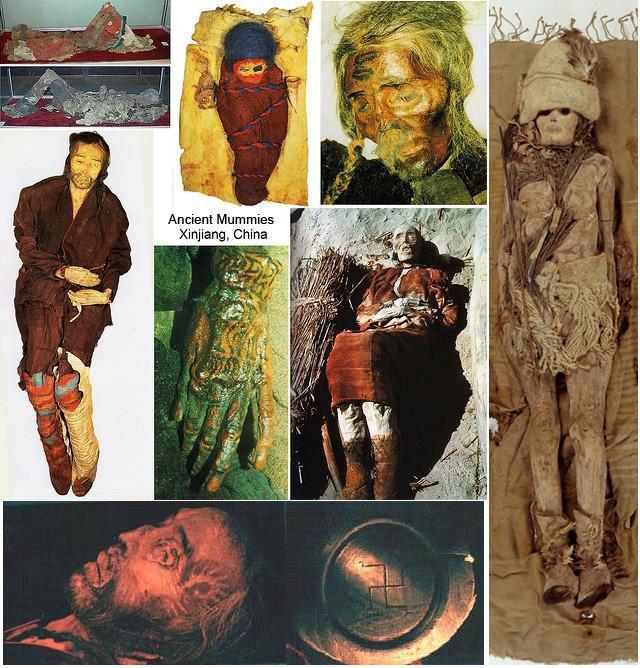
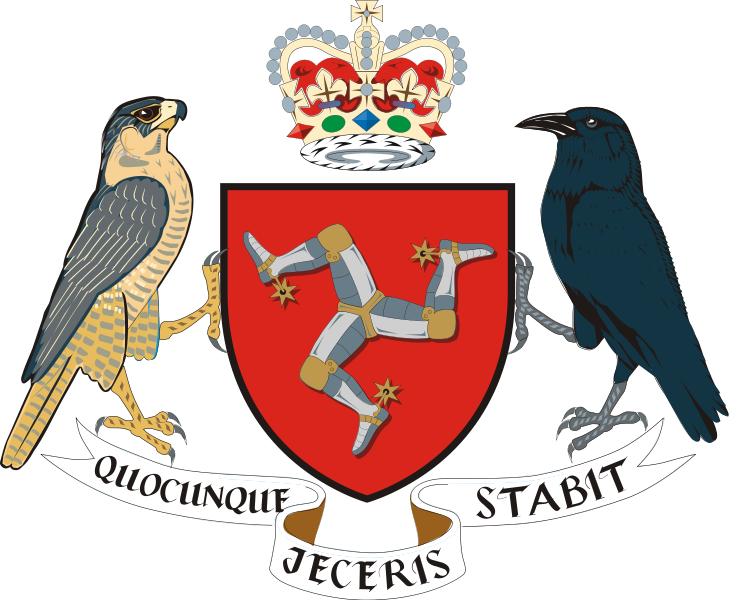
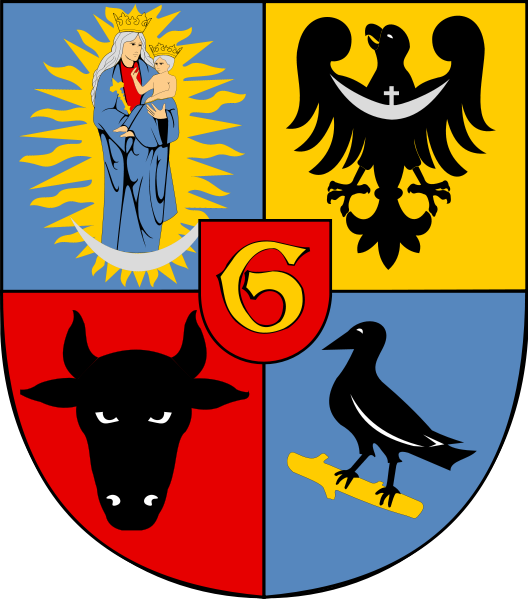
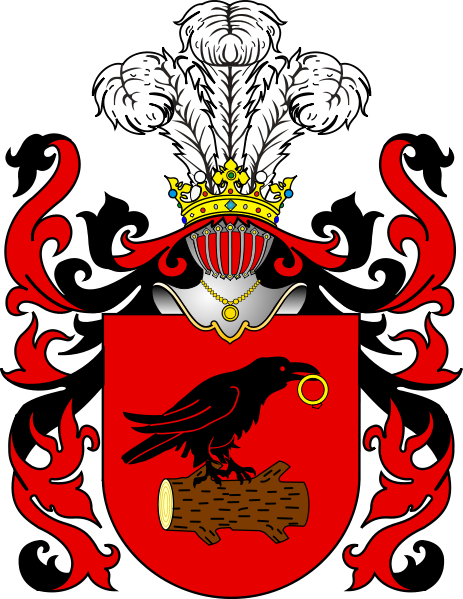
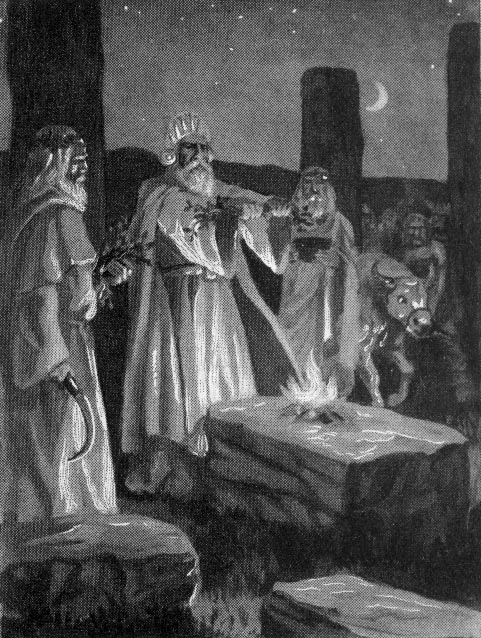
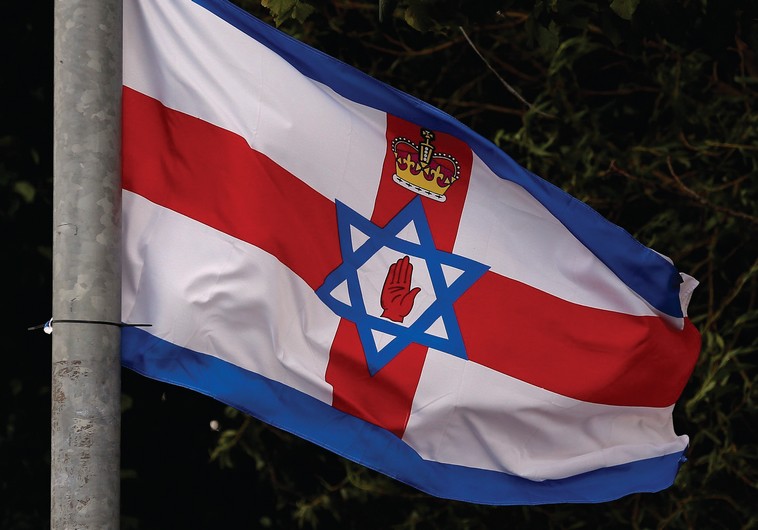
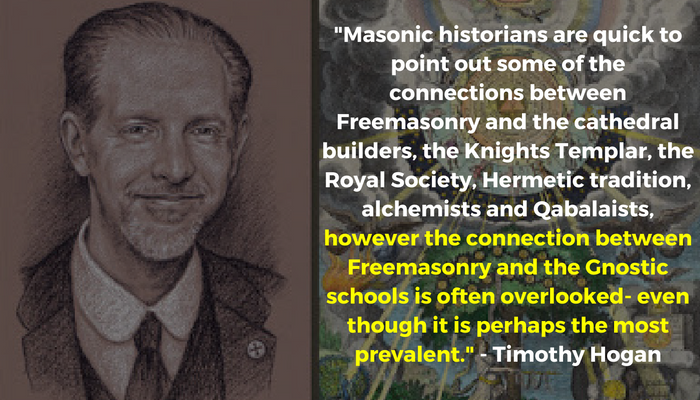
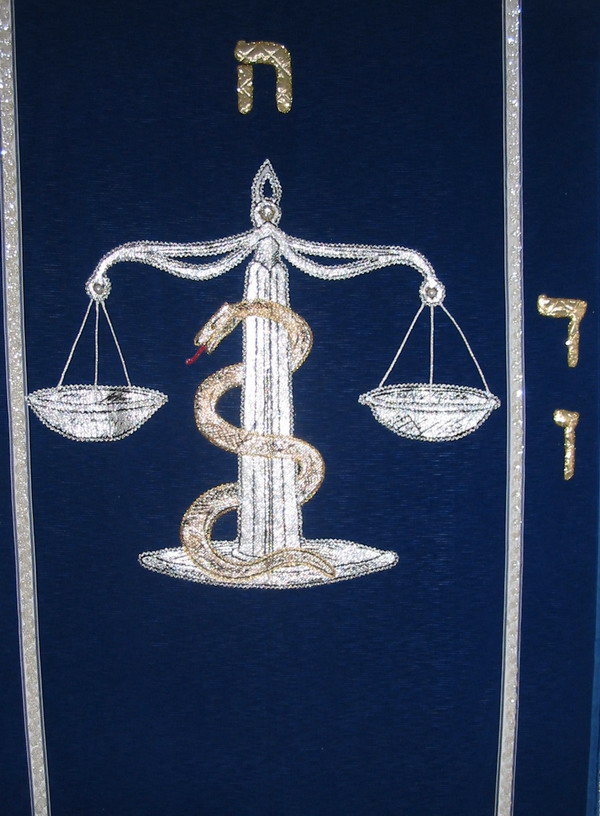
![How the South Saxons received Eadbert and Eolla, and the West Saxons, Daniel and Aldhelm, for their bishops; and of the writings of the same Aldhelm [705 A.D.] | Book 5 | Chapter 17 How the South Saxons received Eadbert and Eolla, and the West Saxons, Daniel and Aldhelm, for their bishops; and of the writings of the same Aldhelm [705 A.D.] | Book 5 | Chapter 17](https://www.gnosticwarrior.com/wp-content/plugins/contextual-related-posts/default.png)
I am not sure where you description of the Wusun is coming from but their physical type is not definite in ancient Chinese literature.
The evidence from ancient Chinese texts is contradictory. The Hanshu and Shiji, which mentioned the Wusun, did not note any unusual ethnic appearance of the Wusun. The actual first description of Wusun may be found in a Western Han dynasty book of divination, the Jiaoshi Yilin, where the Wusun women were described as “ugly and dark colored people with deep eye sockets,”and the reported dark skin complexion may suggest South Asian origin.However, a very brief pejorative quote from an ancient book of divination may not be a reliable source for determining ethnic characteristics.
In Chinese literature you will find such names for these tribes as the Wusun (Usun), Jiankuns, Yuechis (Yuezhi or Yue-Tchi), and Se. The Tall Ones Known as the Wu Suns Come Into Central Asia – “Barbarians who have green eyes and red hair.” The Wusun (pronounced Oo-soon) whose home was originally in the northwest of China were described in the 7th century commentary to the Hanshu by Yan Shigu , “Among the various Rong in the Western Regions, the Wusun’s shape was the strangest; and the present barbarians who have green eyes and red hair, and are like macaques, belonged to the same race as the Wusun.”
Another description of the Wu Sun can also be found in the book, “Marching Sands” by Harold Lamb, “The ancient Chinese annals,” observed Sir Lionel” observed Sir Lionel tolerantly, “state that the Wusun, the ‘Tall Ones,’ were formidable fighters. The Sacae or Scythians from whom they are descended were one of the conquering races of the world. It is this heritage of strength which has preserved the remnant of the Wusun—for us to find.”
Another account I found says, “Xinjiang, showing the site of Mongghul Kiira (near the Hi [Yili] River), the approximate Wusun territory – The Alans, Ammianus writes, were “tall and handsome [and] their hair inclines to be blond” (31.2.2; see Rolfe 1939, 3:391).
Please read my other article on this subject, Wusun Merge With The Saka to Become the Saxons, https://www.gnosticwarrior.com/saxons.html